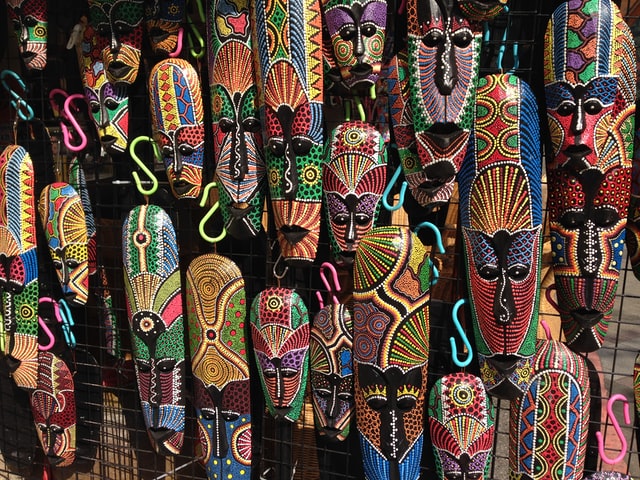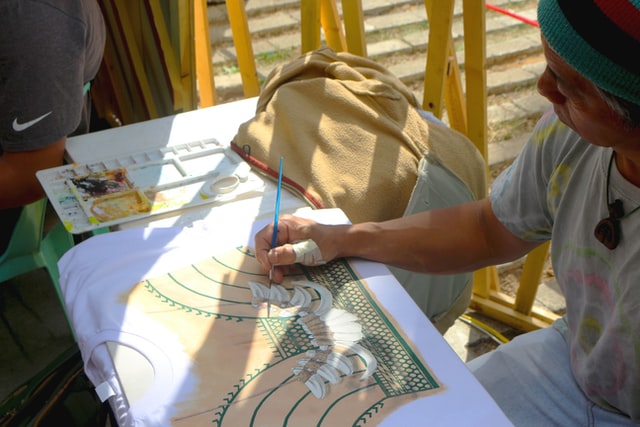5 Fun Facts About Aboriginal Art You Might Not Know

Aboriginal or indigenous art is a curious phenomenon getting more threatened and endangered with each passing year. Because of its bond with communities of native people, the matter of extinction of folk art is a question of time. Considering its dwindling popularity, very few people know a thing or two about Aboriginal art. And this needs to be changed. Below you will find fun facts about artists and techniques of native art.
5 fun facts about Aboriginal art you might not know
1. Only Indigenous artists can create Indigenous art
If an artist – a painter, sculptor, or craftsman – wants their artwork to be considered Aboriginal, they should belong to a tribe. Otherwise, works by non-indigenous artists would be deemed a mere imitation.
2. Aboriginal paintings are part of education
Every Aboriginal painting has its story encoded in the artwork by the master. Artists then decode this story and explain different symbols to a younger generation.
3. The most expensive piece of Aboriginal art was sold in 2007
Paintings by Aboriginal artists are highly valued by modern art collectors and antiquarians. In 2007, the Australian artist Clifford Possum Tjapaltjarri set a record when his painting was sold for a mouth-watering $2.4 million.
4. Symbols replace formal written language
Many Aboriginal tribes do not have formal written languages. That is why they tend to use symbols, signs, and icons. It is not hard to guess that people consider art a receptacle of knowledge and information rather than just an embodiment of aesthetics.
5. Indigenous art is heavily symbolic
While symbols are integral to the Aboriginal painting style, even scientists find it troublesome to grasp the exact meaning of imagery. Understanding, in this case, comes with experience.
Are you impressed by the versatility and beauty of Aboriginal art? Make sure to share these facts and information with your friends, acquaintances, and family members to raise people’s overall awareness of indigenous art.

